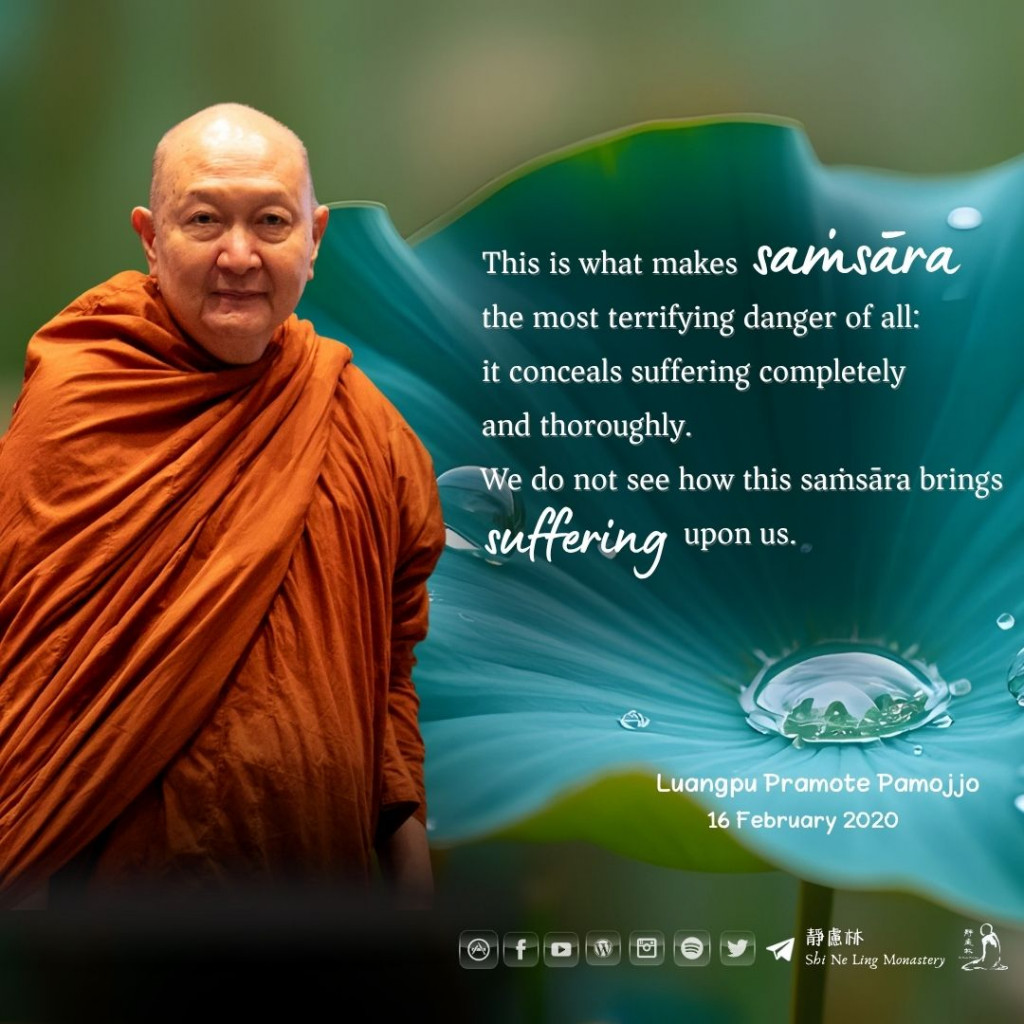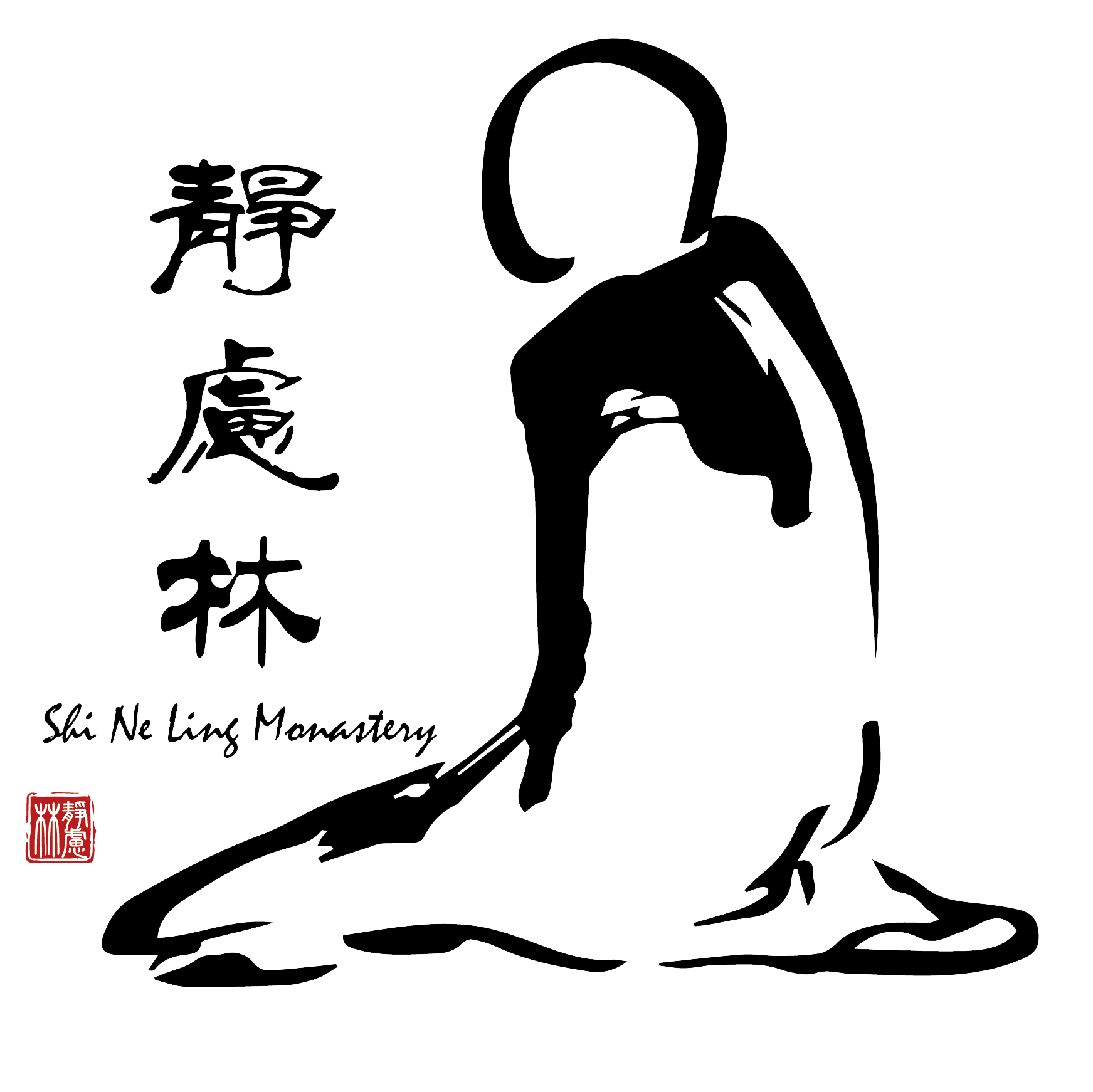Venerable Luangpu Pramote Pamojjo
16 February 2020
Translated by Shi Ne Ling|Excerpt selected by Sati Home

To be free from saṁsāra,
we must first see the danger in it.
A murderer kills us once,
and we die.
But saṁsāra kills us again and again,
endlessly.
To be able to see the danger in saṁsāra,
we must first understand the harm it brings.
The fact that we must endlessly wander through birth and death—
this is the frightening danger of saṁsāra.
What is even more frightening is that it hides the truth from us.
It keeps us from seeing suffering.
Take people, for example—
when we suffer,
we firmly resolve that from now on,
we won’t do this again.
Take a woman, for example—
when she gives birth, it’s painful,
and she says, “I won’t go through this again.”
But before long, she’s pregnant once more.
We forget.
When suffering arises,
we forget so quickly.
That is why we never truly feel how deeply painful saṁsāra is,
because we forget.
When we fall gravely ill and die,
and are then born again,
we forget all the suffering we went through in the past.
This is what makes saṁsāra the most terrifying danger of all:
it conceals suffering completely and thoroughly.
We do not see how this saṁsāra brings suffering upon us.
That is why the Buddha taught the Dhamma that goes directly against the stream—
reversing the very current of saṁsāra itself.
Saṁsāra hides suffering.
But the Buddha revealed it for us to see.
He taught us to know suffering.
If we do not know suffering,
we will never understand the Dhamma—
and we will remain lost in saṁsāra, without end.
To know suffering—
this is what we call the practice of vipassanā.
To know suffering,
we must know physical phenomena (rūpa) and mental phenomena (nāma),
because what we call suffering is precisely these very things:
rūpa and nāma.
Message from Shi Ne Ling:
While we try our best, this translation may not fully convey the message of Luangpu’s teachings. Any mistakes or shortcomings are solely our responsibility.
Chinese Translation:
Indonesian Translation:
